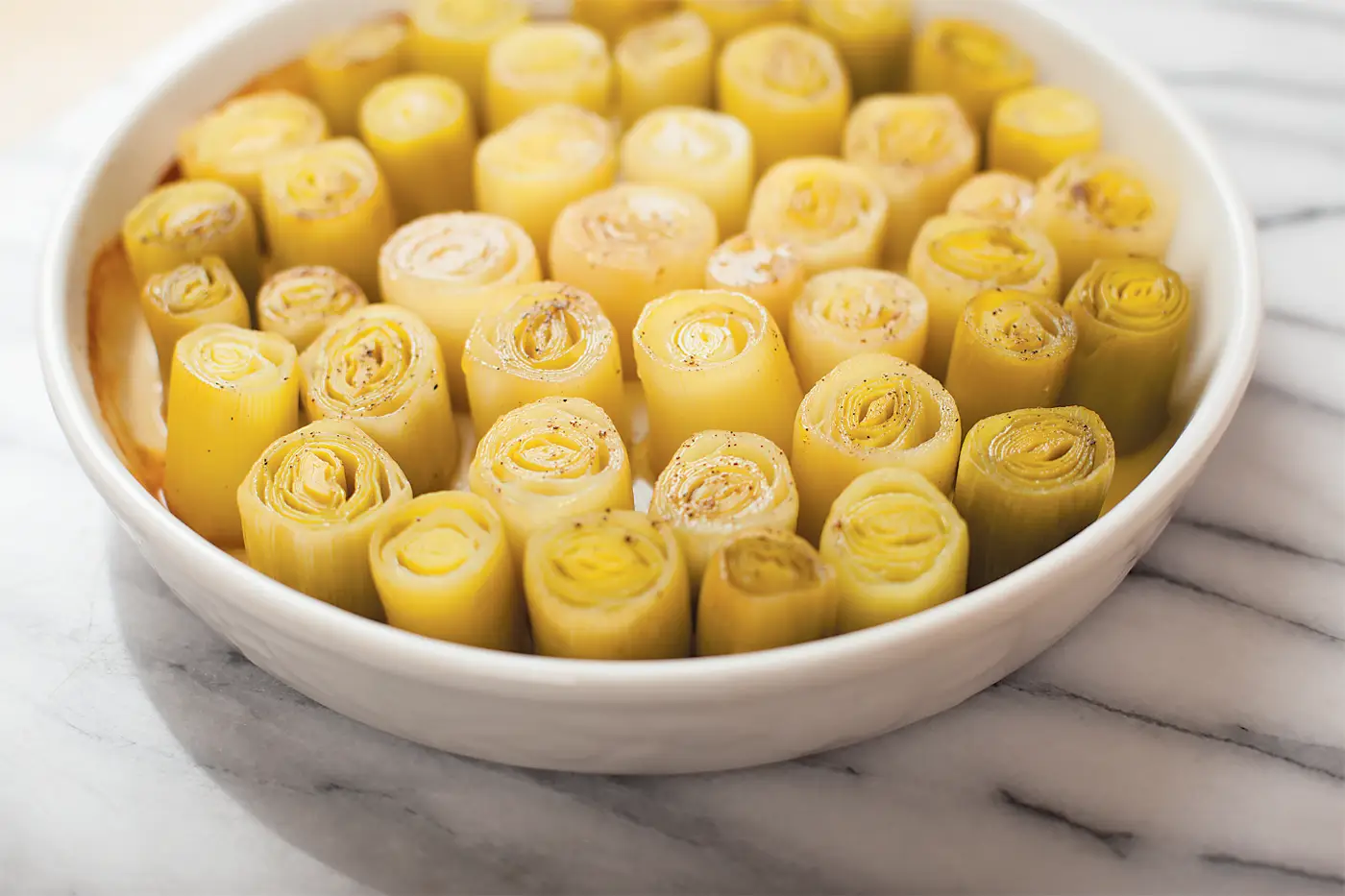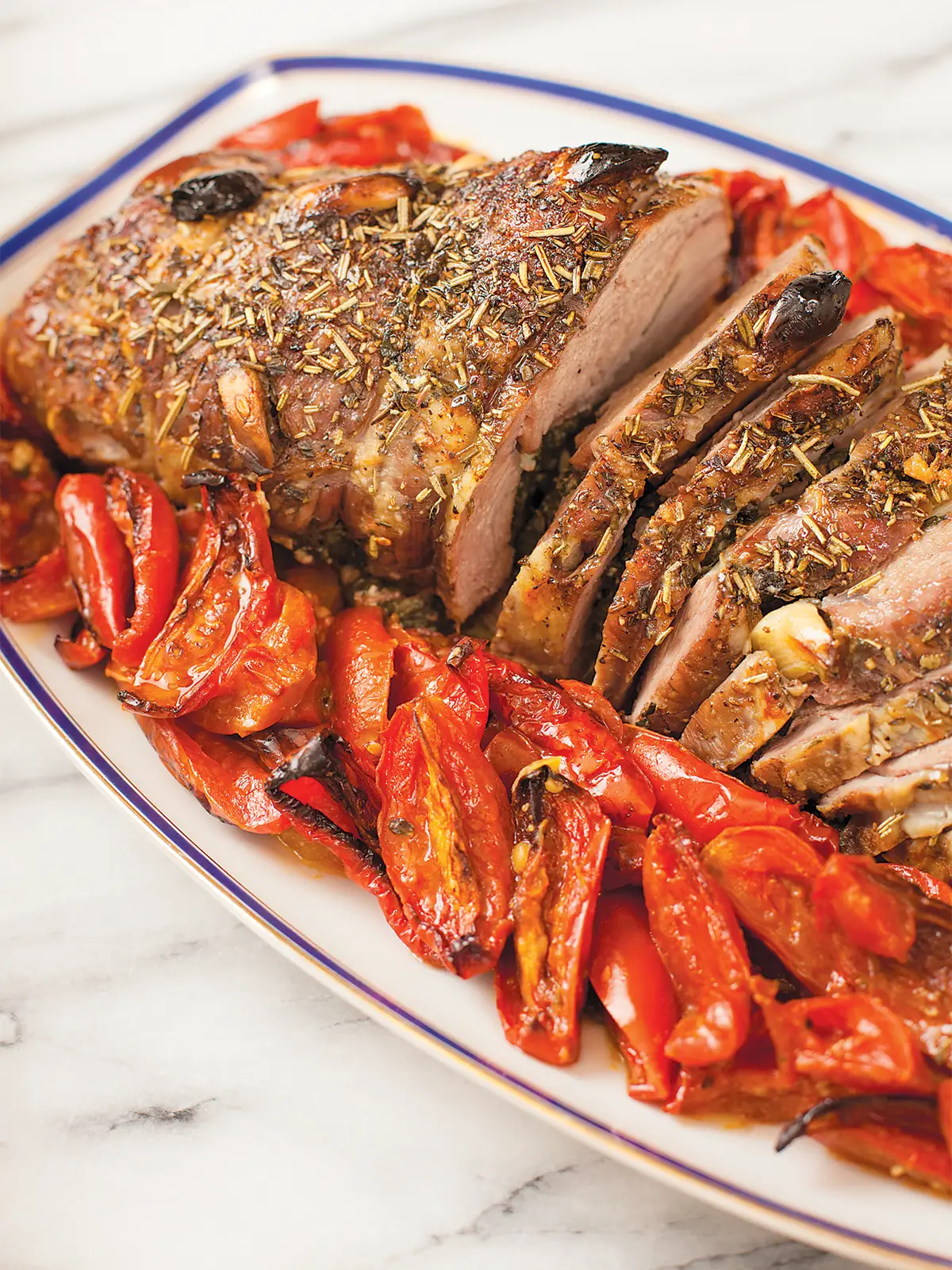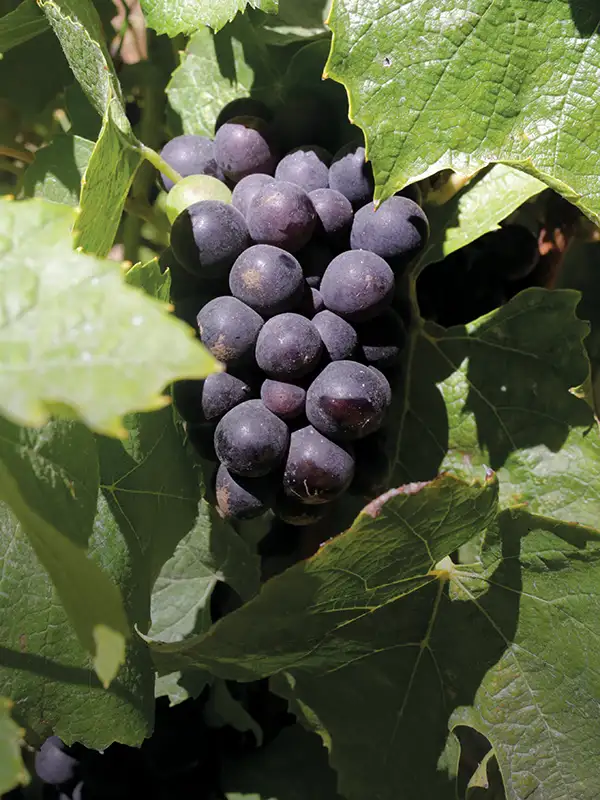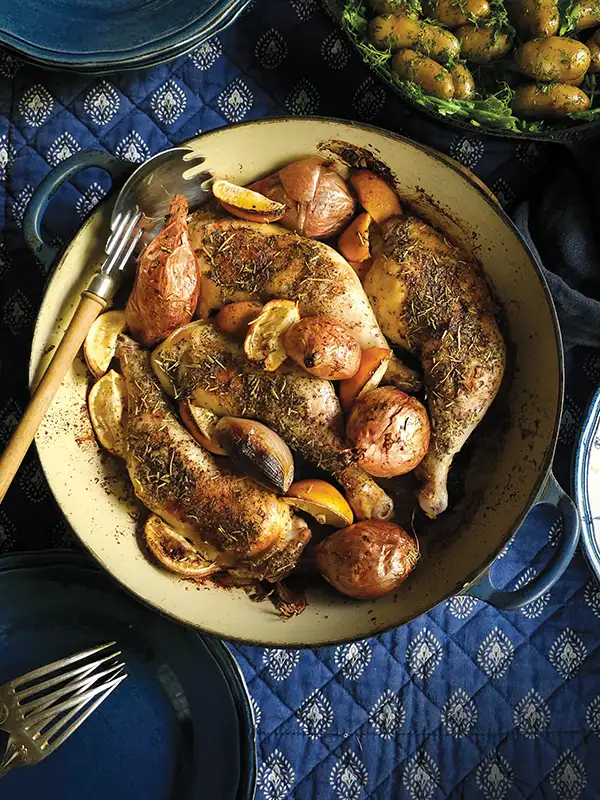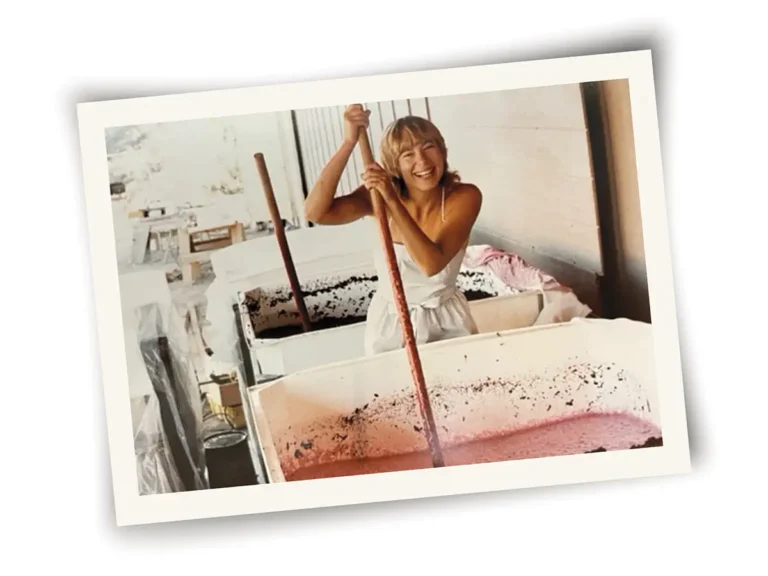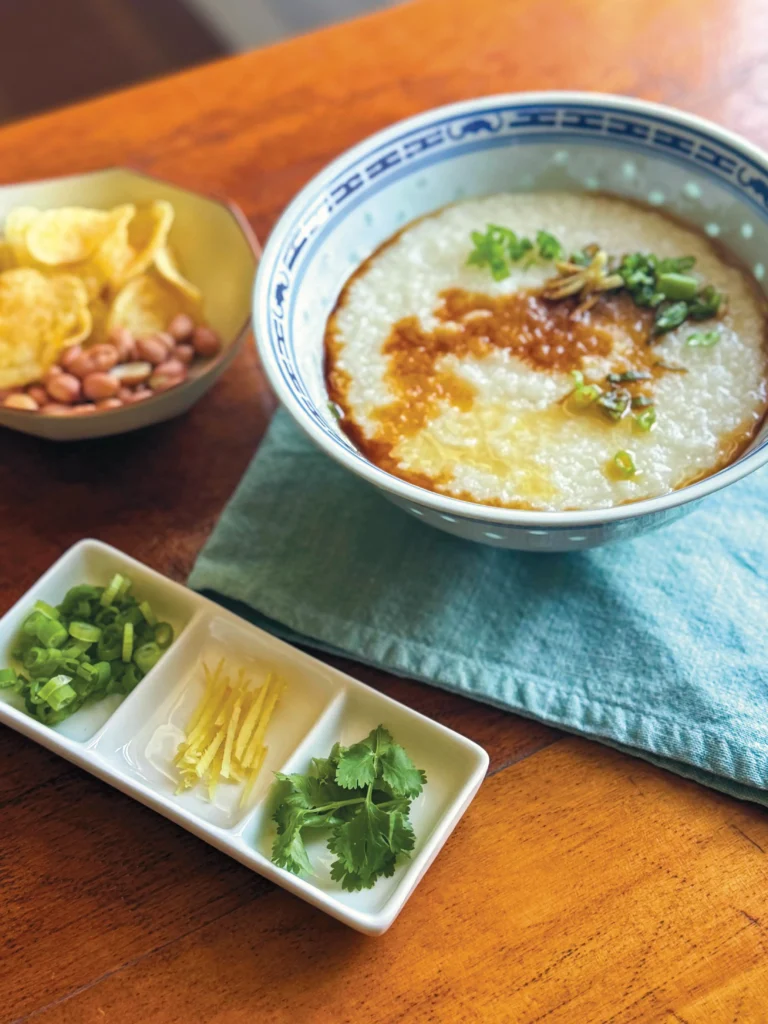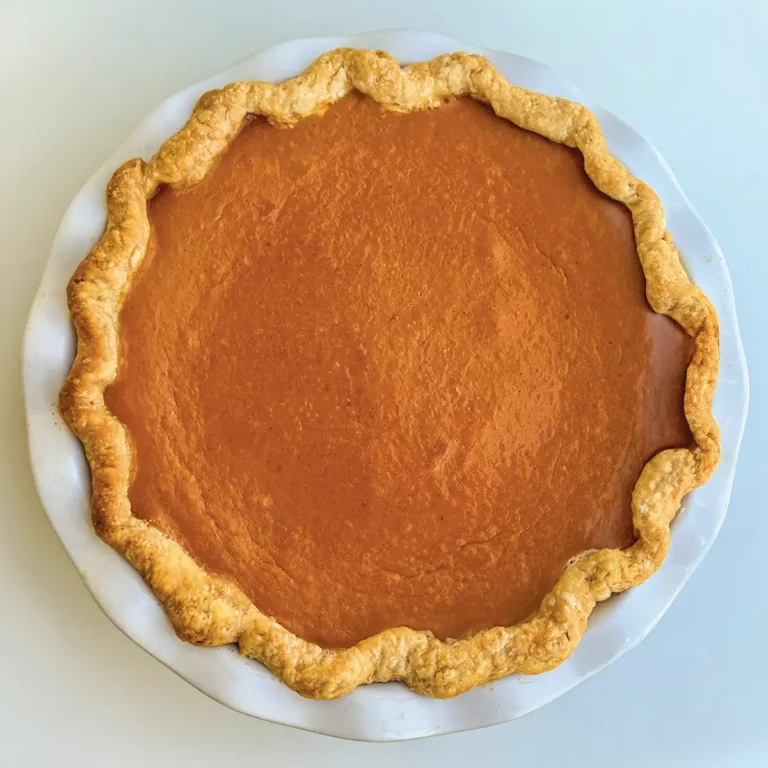Culinary Inspirations: Remembering Geneviéve Fay
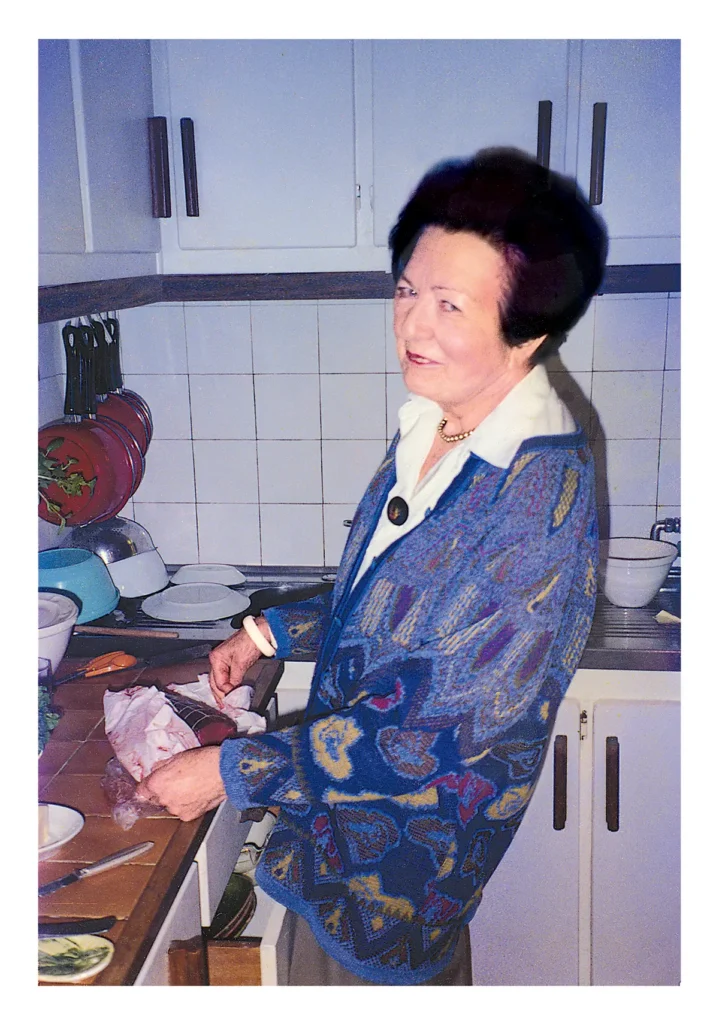
Culinary inspirations and mentors come in all guises. Mine hailed from Normandy. Her name was Geneviéve Fay. She stood 5 feet 5 inches tall and was—until the last day of her life—always immaculate. With her jet-black hair elegantly coiffed, she personified elegance in the very French manner of her dress and etiquette, yet her sapphire-colored eyes often had a mischievous twinkle in them. She marshaled all those around her with an apparent ease that I always marveled at. She was my grandmother, and I adored her.
From her deft hands came the art of laying a beautiful table, an aperitif to tempt the palate, the ability to make guests feel at ease, and fragrant, sauce-rich meals that epitomized fine home cooking (more about that later).
Meals seemed to suddenly come together in her kitchen. She would often announce that dinner would be ready in 45 minutes, and I’d pop into her kitchen to see what she was making. Nothing would be cooking, not a pot on the stove? Ten minutes later, Vivaldi’s Four Seasons playing in the background, every single cupboard would be open (“so I can see everything I need,” she’d say), a battalion of pots bubbling and steaming away. Where had they been? How did she do that in so little time? The answer I soon came to learn was careful preparation of her ingredients earlier in the day—a classic mise en place, although she would never refer to it that way.
Born in the heartland of France’s luscious dairy farms, home to salty butter, crème fraiche and some decadent cheeses, her cuisine was classic French fare. My grandfather, on the other hand, came from Nice and the Cote d’Azur. His family’s culinary roots were firmly planted in the Mediterranean. My mother inherited and passed on the flavors of both cuisines. As a result, at home in London we ate an eclectic mix of Provençal-Indian-Classic French-African dishes that ranged from dal, spiced plantain and onion tarts to canard à l’orange, gigot d’agneau and apple crumble—drawing upon the cultures that surrounded us there.
It was in this spicy melting pot that I learned to cook. My mother preferred the flavors of Provence and this was (and is) the food I felt at ease with, yet we would all yearn for Geneviéve’s classic dishes. Her lapin a la moutarde (see my article in the Fall 2011 issue for the recipe and the story behind it) was legendary in the family.
The journey to my grandparents’ home in the French Alps was a long one; some 1,100 kilometers separated us. I loved taking the overnight train from Paris, leaving from the imposing Gare de Lyon. You’d awaken the next morning to majestic alpine scenery unfolding before you as you listened to the clickety-clack of the train as it wove its way up the vertiginous valleys to the end of the line: Briançon—the highest “city” in Europe, situated at the confluence of four stunning valleys and just 11 kilometers from the Italian border.
My grandmother would always meet the train and on the drive home would describe what she was preparing for dinner. Our mouths would water. Could it be her quenelles à la crème, her roti de porc, escalopes à la crème or a tuite aux amandes? Reflecting back, our favorites all seemed to have lashings of crème fraiche and cheese in them, but she also made simple, light dishes such as steamed leeks with a vinaigrette, steamed courgettes with olive oil and grated Gruyere, a basket of crudités served with a plate of local charcuterie and a crisp green salad with chopped chives. If a meal necessitated a particular ingredient of Italian origin we would literally drive to Italy, up the stomach-churning mountain pass, to get it. The reward on the way back was the ultimate salty treat: skinny grissini (breadsticks), dotted with butter and wrapped with paper-thin slices of prosciutto. It was the only time we were allowed this tasty morsel.
My grandparents’ home was very formal. Even the simplest meal—al fresco on the terrace, for instance—would require a multitude of plates, glasses, silverware and platters for each dish. Yet I enjoyed the rituals that encompassed all her meals and the delicacy with which she orchestrated them. Even spending countless hours driving hither and yon for just such and such an ingredient was enjoyable, no doubt because it was just the two of us.
These memories weave a rich tapestry of family lore and have nourished and shaped my culinary journey. Her sensibilities have filtered their way into my daily life, and I treasure them.
A few years after Geneviéve died I was fortunate, very fortunate, to become friends with Julia Child. If my grandmother influenced the early flavors of my cooking, Julia inspired my desire to write about food. Her love of life, her curiosity and her enthusiasm were infectious. I realized as I spoke with her that she and Geneviéve had the same twinkle in their blue eyes. Julia had once said, “If you’re afraid of butter, use cream,” words my grandmother lived by. Bon appetit!
